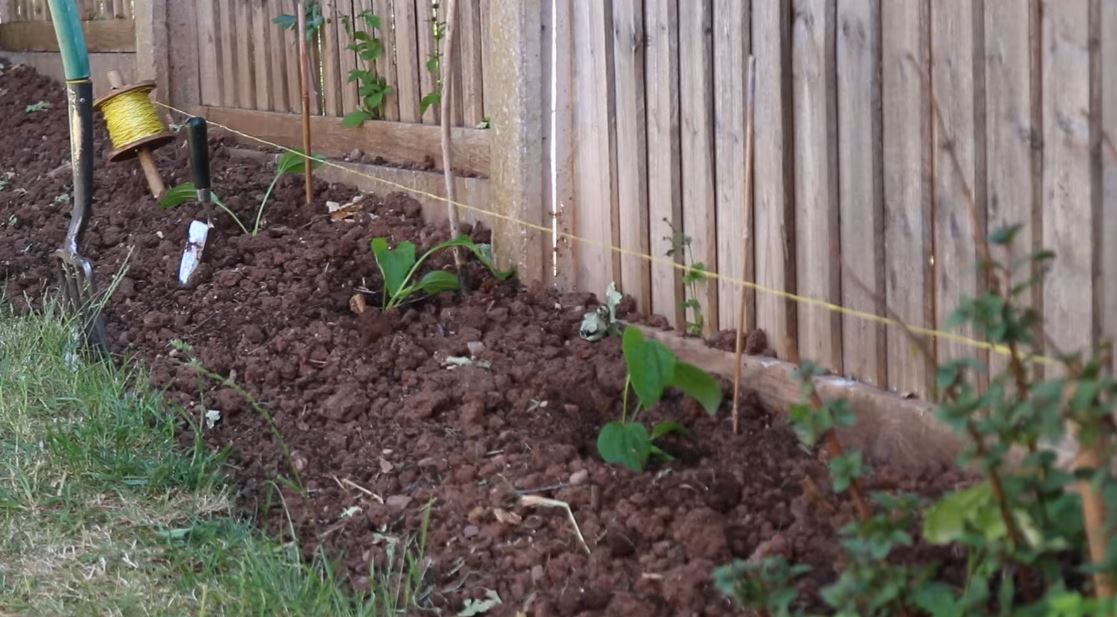Growing echinacea from seed frequently feels a lot like opening up nature’s toolbox. A plant that not only brightens the garden but also greatly enhances one’s sense of self-sufficiency grows from a tiny seed that is carefully nurtured.
You can get a very good head start by starting seeds indoors, about 8 to 10 weeks before the last frost. After adding sterile seed-starting mix to trays, gently press the seeds in and lightly cover with soil. Avoiding burying them too deeply is the aim. To prevent the delicate seeds from becoming dislodged, water carefully, preferably from below. When sprouts appear, which usually happens in 10 to 20 days, keep the temperature between 65 and 75 °F and place it in a light source.
| Key Element | Description |
|---|---|
| Topic | How to Grow Echinacea from Seed |
| Ideal For | Garden beginners, wellness seekers, herbalists |
| Key Steps | Indoor sowing, direct sowing outdoors, stratification, transplanting |
| Bright Spots | High germination possible, long-lasting perennial, beneficial for pollinators |
| Common Pitfalls | Poor drainage, skipping cold stratification, transplant shock |
| Wellness Angle | Used in teas, tinctures, supports immune health |
| Reference Resource | https://www.americanmeadows.com/blogs/perennials |
By directly sowing in late summer or fall, some gardeners avoid this step. Although very adaptable, that approach depends on the cold stratification process found in nature. However, the fridge stratification method (damp paper towel, sealed bag, chilled for 3–4 weeks) can significantly increase the germination rate if you’re planting indoors without it.
After your seedlings grow, gradually expose them to the outdoors to harden them off. This crucial step lessens transplant shock, which is a noticeable problem for eager novices. A late afternoon transplant or cloudy day minimizes sun stress and works incredibly well.
Select an area with full sun and soil that drains properly. Although Echinacea is very effective at withstanding harsh environments, it can be seriously hampered by standing water or compacted clay. If necessary, add sand and compost to enhance drainage.
Deep taproots can flourish when plants are spaced 12 to 15 inches apart. Echinacea is incredibly resilient and drought-tolerant because of these roots, which are largely hidden. To encourage deep root growth, water deeply and infrequently after establishment.
Many exhibit primarily leafy basal growth in the first year. Do not panic. Quietly establishing itself is a part of the plant’s process. Bold purple blooms burst from tall stalks in the second year. Despite being gradual, the transformation is incredibly fulfilling.
While leaving some seed heads allows birds to forage in the winter, deadheading promotes longer bloom times. This two-pronged strategy is especially advantageous, benefiting both ecology and aesthetics equally.
See a qualified herbalist if you plan to grow echinacea for medicinal purposes. There are specific purposes for roots, leaves, and petals, and proper preparation is important. Knowing how to use home remedies properly is especially crucial given their recent surge.
It’s interesting to note that there is now a lot more interest in herbal gardens. With their notable embrace of holistic wellness, celebrities like Gwyneth Paltrow and Shailene Woodley subtly urged fans to get back in touch with nature, one potted seed at a time.
Due to space constraints, balcony planters and window boxes are being used by urban gardeners. Echinacea’s versatility makes it surprisingly inexpensive to grow, even in confined spaces, especially when combined with ingenious container gardening.
Many people have reexamined what they grow and eat as a result of the wellness movement’s shift toward transparency over the last ten years. Due to its low maintenance requirements, sustainability, and strong traditional healing roots, echinacea is a remarkable fit for this movement.
Therefore, echinacea offers more than just aesthetics, whether you’re putting pots by your apartment window or planting a medicinal corner in a suburban yard. It provides a silent lesson in tolerance, fortitude, and self-care. And that seems like something worth cultivating in an era of growing stress and dwindling green spaces.

Leave a Reply